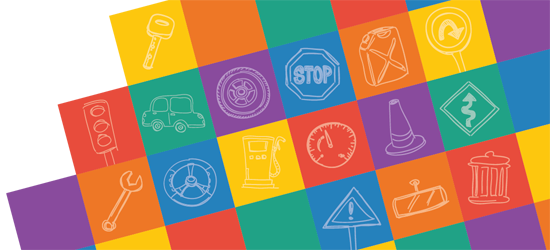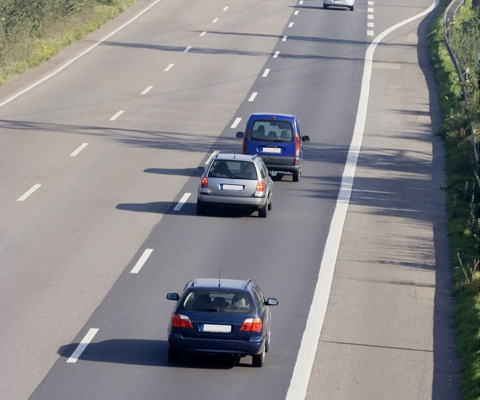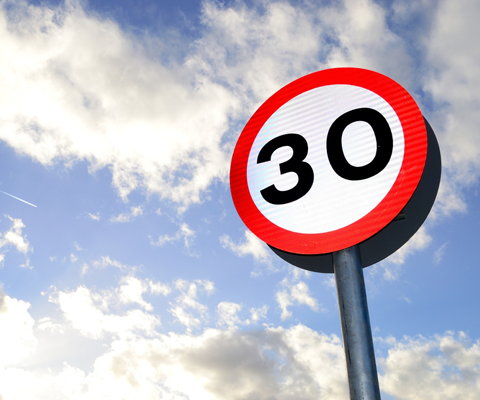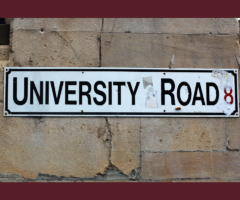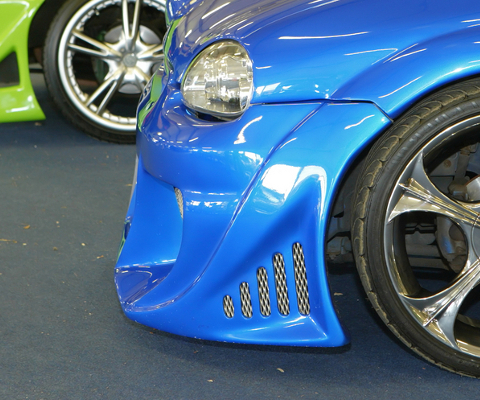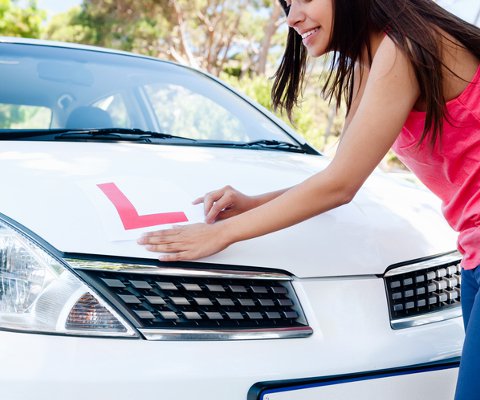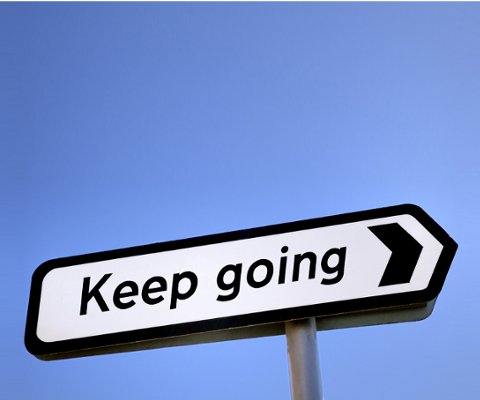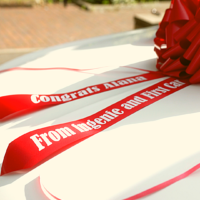
Driving tips and other life stuff
10 tips to save money by driving more economically
Did you know that making a few simple changes to the way you drive could help you reduce your fuel bill? Here are ten tips help to save pounds at the pumps:
-
Basic maintenance
Cars, like all machines, work best when they are properly maintained. And you don’t need to be a mechanic - it’s things like setting the correct tyre pressures that make most difference to fuel economy.
That’s because under-inflated tyres cause more rolling resistance and friction, and that means the engine has to work harder to get the same results.
Get your car serviced on schedule and make sure you regularly change your engine oil and pump up your tyres to keep everything running efficiently.
-
Lose weight
If you’re one of those people who treat your car like a giant handbag or a mobile shed, this might help.
Any extra weight you’re lugging about has an impact on fuel economy. So what do you really need in the boot? If it’s not required for your journey then take it out. Think about aerodynamics too - roof racks, cycle racks or top boxes create more wind drag which means the engine has to work harder.
-
Plan Ahead
Simple one this, but if you get lost or take the long way round, you’re using unnecessary fuel. Sat navs don’t always get it right either, so it’s worth looking at Google Maps before you set out to check the best and most efficient route.
-
Switch off the air-con in town
Air conditioning does suck up power and therefore fuel when you’re travelling at low speeds around town. It’s worth switching off if you don’t really need it.
However, when you’re driving at higher speeds and particularly on the motorway, the impact that air con will have on fuel economy is pretty negligible so don’t feel guilty about keeping cool! Electrical gizmos on the car like the stereo, heated rear windscreen and demisters will always use more fuel so switch these off when you don’t need them.
-
Take it easy
Smooth driving with progressive and gentle acceleration is key to keeping your fuel economy average high. Look as far ahead as possible so you can read the road and try to avoid unnecessary braking. You’re using fuel to accelerate, and wasting it if you have to brake straight away.
-
Keep rolling in traffic
Stop-start traffic is not good for fuel economy, so if you can keep the car rolling, do. Use clutch control and engine braking to manage your speed - even if you’re at walking pace the car’s inertia helps you be more efficient than coming to standstill and setting off again.
-
Don’t coast!
Your mum or dad might suggest coasting - letting the car roll in neutral - to save fuel. This isn’t advisable because you’re not in full control of the car if it’s freewheeling in neutral, losing engine braking and the ability to accelerate out of any tricky situations.
There’s also nothing to be gained from coasting in modern injection cars, like it did in old-fashioned carburettor cars, because a modern car’s ECU (engine control unit) cuts the fuel supply the second you take your foot off the accelerator.
-
Change up earlier
Avoid labouring the engine by changing up through the gears a little earlier. As a rule of thumb, try changing up when the engine speed reaches 2000rpm in a petrol car and 2500rpm in a diesel car.
Many newer cars come with ‘Gear Shift Indicators’ - often a little green arrow on the dashboard - that will identify the most efficient point to shift for the car in the current conditions.
-
Keep to the speed limits
It’s simple: the faster you go, the greater your fuel consumption will be. Keeping to the speed limits will keep you safer and out of trouble, but it will also help keep your fuel bill down.
On the motorway, cruising at the 80mph rather than the 70mph speed limit can use as much as 25 percent more fuel in some cars.
-
Keep a record and do some maths
Most cars will give you a computer read out of the average and instant fuel consumption. Keep a note of this so you can see if you’re improving and by how much. This will help you work out what makes the most difference.

